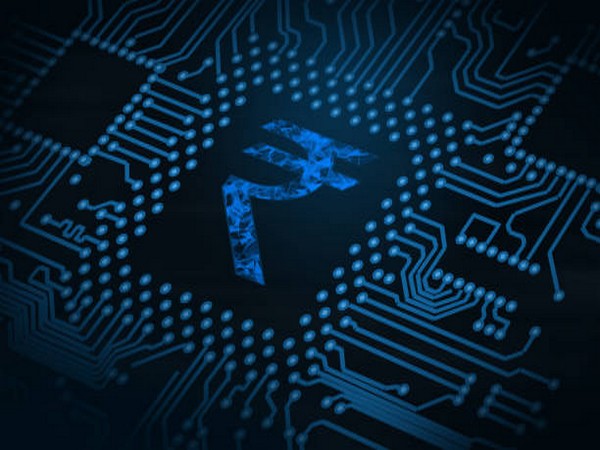Ani |
Has been updated: April 27, 2024 14:07 IST
New Delhi [India]April 27 (ANI): India's e-commerce market is expected to surge to USD 325 billion by the year, taking the digital economy to a staggering USD 800 billion.
With 881 million users, India has the second largest internet user base in the world and is on track to become the third largest online retail market by 2030, according to Invest India.
India is on track to become a global e-commerce powerhouse by 2030, fueled by a booming digital economy and rapidly expanding internet user base.
Future scenarios envision India leading the way in online shopping, with an estimated 500 million additional shoppers by 2030.
Currently, the market size of India's e-commerce sector is $70 billion, accounting for about 7% of the total Indian retail market.
Internet penetration is increasing significantly, and by 2022, 52 percent of India's population, or approximately 759 million people, will have access to the Internet.
Several factors are contributing to India's e-commerce boom.
One of the key factors is the increase in internet penetration, with approximately 87% of Indian households expected to have internet connectivity by 2025.
Duration of internet access by mobile phone increased by 21% compared to 2019.
The number of online shoppers in India is expected to grow significantly, with a compound annual growth rate (CAGR) of 22 per cent in rural India to 88 million between 2019 and 2026 and 15 per cent in urban areas. It is predicted that the number will reach 263 million people.
Data affordability in India also plays a role, with 1 gigabyte of data costing around USD 0.17 (Rs 13.5), with a large proportion of the population connected online.
The growth in smartphone users, expected to reach 1.18 billion by 2026, combined with the rise in average data consumption per user, will further drive the digital economy.
Mobile data traffic will triple from 2018 to 2023, demonstrating an increased reliance on digital platforms for various needs.
Unified Payments Interface (UPI) has emerged as a key player in digital payments, accounting for USD 1.5 trillion in transactions in 2022. By 2026, 81 percent of India's population is expected to have access to a smartphone.
The usage of local language and mobile-first content is rapidly increasing, with around 73% of Indian internet subscribers using Indian languages. This brings the estimated regional language base to 540 million words and the market size to 53 billion USD.
Digital infrastructure such as UPI, eKYC, and Aadhaar has reduced consumer onboarding time by 80% and further streamlined the digital experience.
There is a significant shift towards rural-driven value e-commerce, with over 60% of demand expected to be driven by tier 2 to 4 towns and rural India by 2026.
Government initiatives such as the National Logistics Policy aim to facilitate deliveries to the hinterland and make logistics efficient and cost-effective.
With hyper-local mobility, India's quick commerce market is expected to reach a market size of USD 5.5 billion by 2025. Companies like Swiggy and Zomato are leading the market by introducing new micro-segments like carpooling and e-scooter rental.
In the health tech sector, preventive healthcare is expected to double by 2025, creating significant job opportunities.
Social commerce is expected to reach a market size of USD 70 billion by 2030, and small-scale video applications are gaining widespread traction.
Major mergers and acquisitions in the e-commerce space have been notable, with companies like Zomato and PhonePe making strategic moves to strengthen their positions.
Government initiatives such as the Jan Dhan Yojana, the BharatNet project and the introduction of Goods and Services Tax (GST) have played a significant role in shaping India's digital economy. (Ani)


